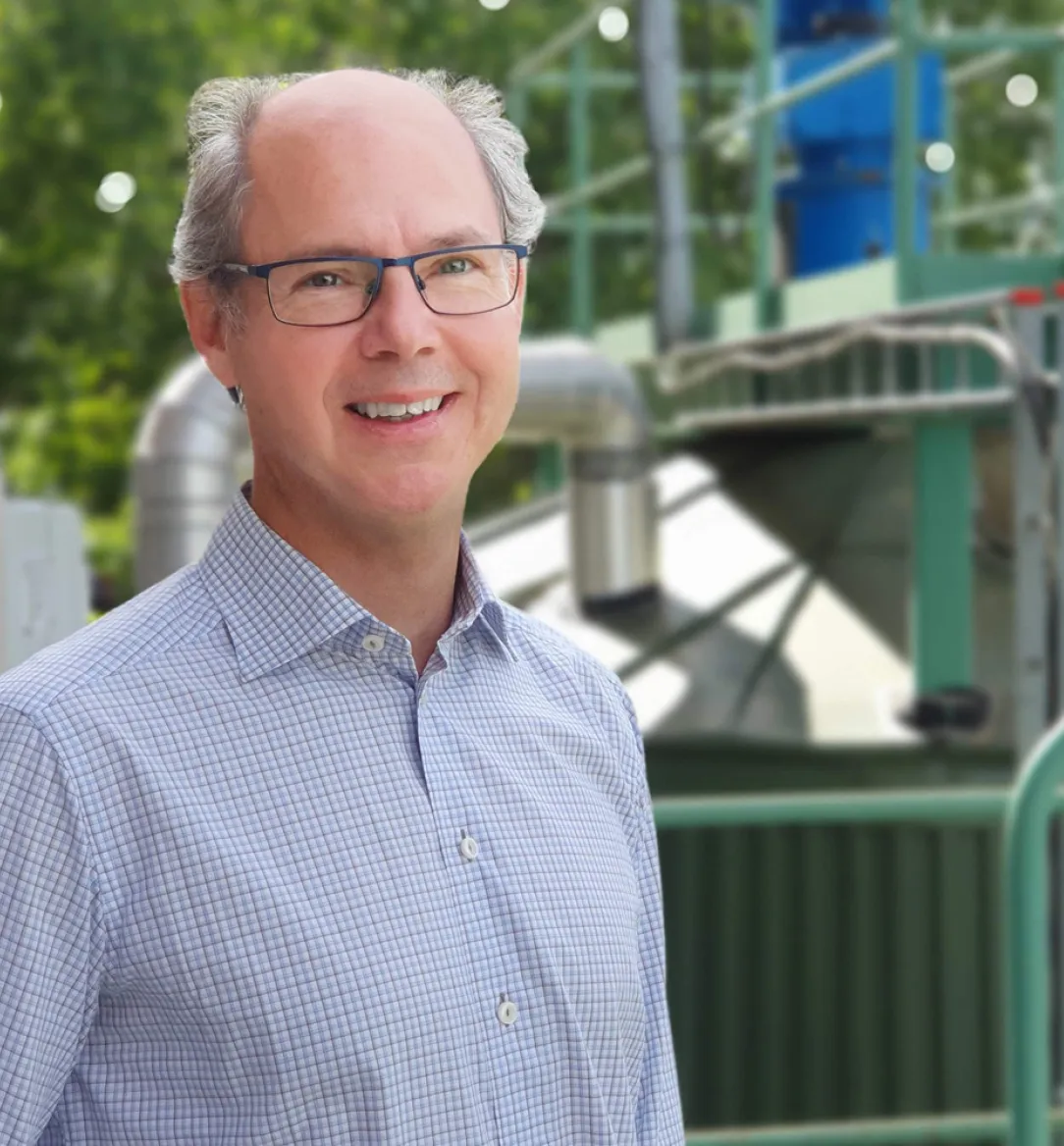Cellulose fibres in paper and board can be recycled over and over again, but in practice many fibres disappear from the system after a few cycles. There is now increasing pressure to optimise recycling. Companies that act in time can achieve both cost savings and competitive advantages.
Today, a significant proportion of cellulose fibres is lost after only a few recycling cycles. This is primarily due to material losses resulting from inadequate collection, rough sorting and inefficient processing, rather than the properties of the fibres themselves. In the future, the entire system will need to be optimised, not least because the EU's new PPWR (Packaging and Packaging Waste) Regulation is gradually coming into force.
– This will introduce new requirements regarding the recycled content and recyclability of packaging. While this may require companies in the industry to invest, there are also commercial advantages to adapting to the new rules, says Anna Sjöstedt, Researcher and Project Manager at RISE.
One of the most important issues to address is material loss throughout the recycling chain.
– A cellulose fibre often disappears from the value chain long before it becomes unusable. In laboratory studies, where losses can be avoided, it is possible to recycle the fibres many more times. As more packaging is set to be recycled, it is crucial that we grasp how to minimise material losses, she concludes.
Sorting needs to be improved
There are losses at several points in the recycling process. One of the problems is that some materials are not collected at all.
– Compared to other materials, paper and cardboard have a high recycling rate, but there is clearly room for improvement, says Peter Hansen, Senior Researcher at RISE.
However, even if consumers were to become better at taking their packaging to recycling stations and centres, a new challenge would arise.
– At present, the sorting is too coarse for us to optimise recycling. For example, packaging with certain plastic components needs to be handled differently to packaging made of pure corrugated cardboard, he says.
When the process needs to accommodate a variety of materials, it becomes unnecessarily difficult, resulting in fibres being lost and worn away.
– Efforts have been made to make it easy for consumers, but in the future, we will probably need to think of recycled packaging as a raw material that needs to be sorted more effectively from the outset, says Peter Hansen.
Efforts have been made to make it easy for consumers, but in the future, we will probably need to think of recycled packaging as a raw material that needs to be sorted more effectively from the outset
Better reporting is required
Among other things, the new PPWR Regulation will impose new requirements for the increased use of recycled plastic materials in packaging. Producers must also improve their reporting of material content and the labelling of end products to facilitate consumer recycling.
– The rules are becoming stricter in various areas and will gradually tighten over the coming years. I believe there could be major benefits to harmonising the requirements within the EU, as this would facilitate the development of technical and logistical solutions, says Anna Sjöstedt.
Consumers choose sustainability
Many large companies also have their own sustainability goals that they expect their suppliers to adhere to, and many consumers consider sustainability when choosing products.
– Producers who adopt new directives early on can, of course, also reduce the risk of time pressure and manufacturing disruptions, says Peter Hansen.
He believes that the natural first step for many companies will be to conduct a technical analysis of their product portfolio, identifying which products can remain competitive without compromising quality or functionality.
– This is something we at RISE help many companies with. Thanks to our test and demonstration facilities and our expertise, we can clearly demonstrate how properties are affected when a certain amount of recycled fibre is added, for example, he says.
Concrete tests of the process
Anna Sjöstedt emphasises the importance of conducting concrete trials.
– At RISE, we have both laboratories and pilot environments, so, in addition to theory, we can answer questions such as which processes handle recycled fibres best or how a change in raw material flows affects process water quality and how water management and chemical additive use need to be adapted, she says.
Another service in demand at RISE during such transitions is life cycle analyses using LCA tools to study climate impact.
– In parallel with the analyses, it can be valuable to bring in our regulatory experts, who can advise on the adjustments required based on the PPWR rules, says Anna Sjöstedt.
This is PPWR
The Packaging and Packaging Waste Regulation (PPWR) is an EU regulation which came into force at the start of 2025. The rules will be implemented gradually in member states.
The overall objectives are to reduce packaging waste, increase recycling, and promote a more circular economy.
One of the requirements is that all packaging must be at least 70% recyclable by 2030.

